The outlook for the Spix’s macaw could not have been worse twenty years ago. There are now only a few dozen of this unique parrot species left in cages owned by collectors throughout the world after the last member of the species vanished from the wild. The future looked bleak for Cyanopsitta spixii, to put it mildly.
However, Spix’s macaws, with their grey heads and brilliant blue plumage, have made a magnificent comeback thanks to an amazing international rescue operation. A flock that was freed in Brazil a month ago now flies freely over its former home country. Conservationists believe that by releasing more birds later this year, the parrots will begin reproducing in the wild in the spring.
According to US Fish and Wildlife Service biologist and technical adviser Tom White, “the initiative is going really well.” “We released the birds about a month ago, and they have all survived.
They are behaving like a flock, keeping close to where they were released, and starting to taste the local flora. Everything is going as good as it can.
The German zoologist Johann Baptist Ritter von Spix, who first gathered a specimen of the Spix’s macaw in 1819, gave the bird its name. In the 19th century, a twin environmental blow struck the Spix’s macaw. The parrot’s native territory, the Caatinga in northeastern Brazil, a region of shrubland and thorn forest, was overgrazed by goats and other livestock as farming spread throughout South America. The number of macaws decreased as a result of the habitat destruction and the highly degraded terrain.
That decline in population has a very undesirable side effect, according to White. “Collectors are eager to own an endangered species as soon as possible. And the Spix’s macaw experienced the same thing. They became scarce, and dishonest people made the decision to try to capture the few that were still in the wild for their personal collections.
The outlook for the species was bleak until, of all things, an animated movie turned things around for the bird. The 2011 film Rio tells the tale of Blu, a domesticated male Spix’s macaw, who is brought to Rio de Janeiro to mate with Jewel, a wild female. The movie and its follow-up, Rio 2, made close to $1 billion. Importantly, the movies made the threat to the species known to a large audience.

Later, in 2018, Michel Temer, the country’s president at the time, approved a law creating a macaw wildlife refuge in the state of Bahia in the country’s northeast. At the same time, breeding programs employing parrots from private collections were formed at various facilities throughout the globe. The Association for the Conservation of Threatened Parrots, a German organization, was a significant participant in this collaboration.
According to White, the Spix’s macaw was saved in large part due to the advancement of contemporary genetics.
Inbreeding can be a significant issue when trying to increase animal populations from a relatively small surviving group. However, breeders were able to carefully match birds because to the highly advanced tools employed to evaluate the genetic condition of these birds.
“The production of children from birds has also been facilitated by artificial insemination.”
Thus, hundreds of Spix’s macaws have been produced in captivity; eight of these were sent to Bahia in June for release. Additionally, eight Illiger’s macaws were released on June 11 together with the Spix’s macaws.
“The Spix’s macaws that we currently own are the consequence of generations of captive breeding, and that will have blunted some of their innate survival instincts,” White said.
The Spix, however, gain by interacting with a local species that is sharp and attentive, can show them where they acquire food and warn them of potential predators by mixing them with Illiger’s macaws, who were essentially simply wild birds briefly brought into captive.
The birds, who have all been fitted with radio transmitters, are currently under close observation. If everything goes according to plan, we’ll release 12 more Spix’s macaws in December, White continued.
“All of these birds will be of breeding age. In order to encourage the birds to start mating next year and eventually establish breeding territories in the area, we have also made sure that there are numerous nest holes, some natural and artificial, in the vicinity.
Lead Image: A pair of Spix’s macaws in an aviary in Schöeneiche, eastern Germany. The species disappeared from the wild more than 20 years ago. Photograph: DPA/AFP/Getty Images. This article by Robin McKie was first published by The Guardian on 10 July 2022.
What you can do
Support ‘Fighting for Wildlife’ by donating as little as $1 – It only takes a minute. Thank you.
Fighting for Wildlife supports approved wildlife conservation organizations, which spend at least 80 percent of the money they raise on actual fieldwork, rather than administration and fundraising. When making a donation you can designate for which type of initiative it should be used – wildlife, oceans, forests or climate.

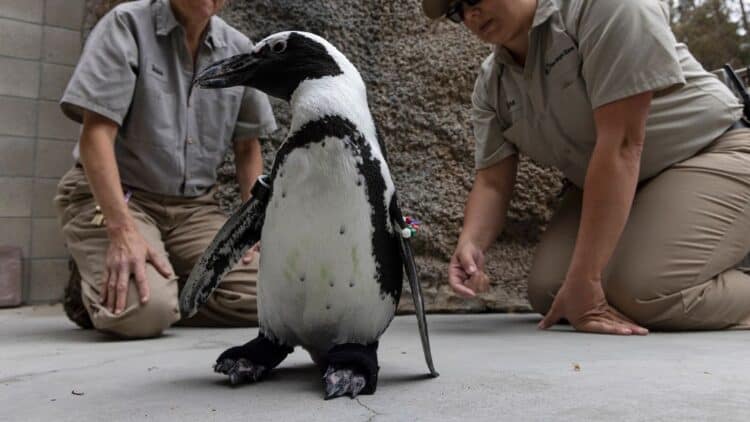
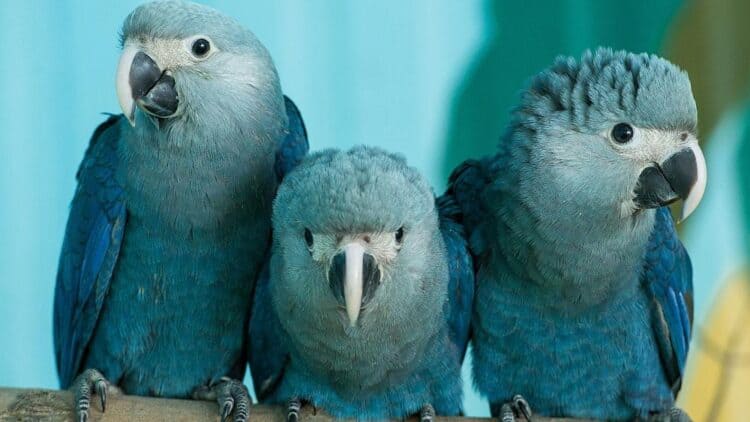
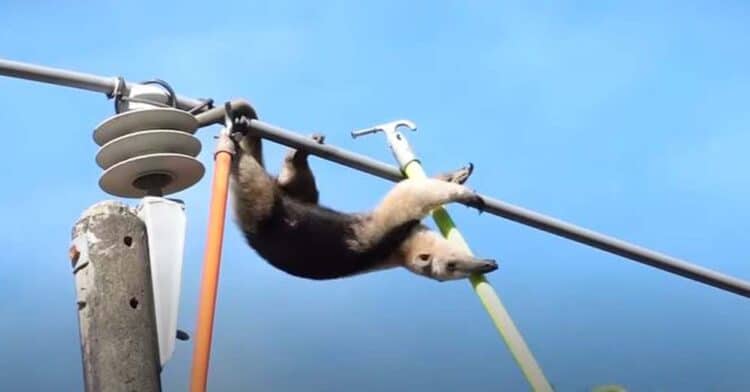
![Amazing Rescue of a Baby Goat from a Steep Mountain [Video] Amazing Rescue of a Baby Goat from a Steep Mountain [Video]](https://focusingonwildlife.com/news/wp-content/uploads/shutterstock_668305432-scaled-e1669686135768-750x499.jpg)
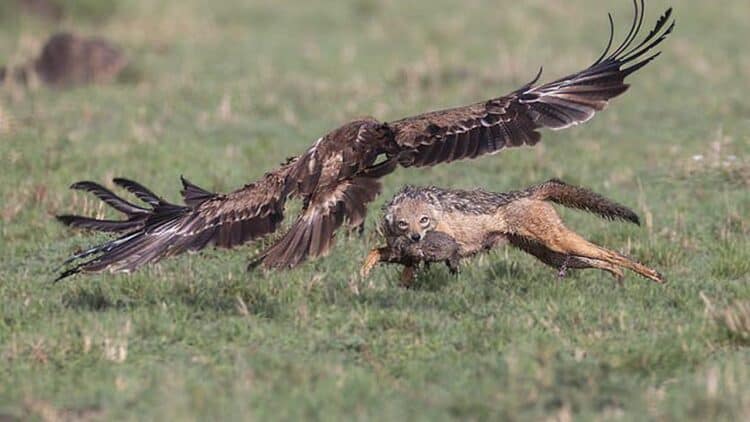
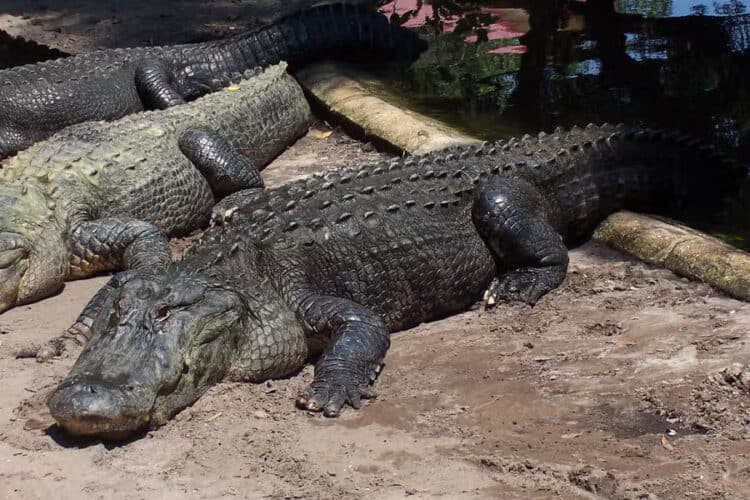
Leave a Reply